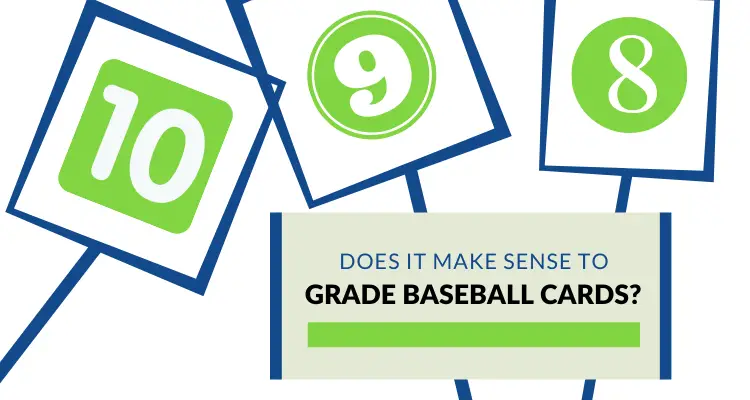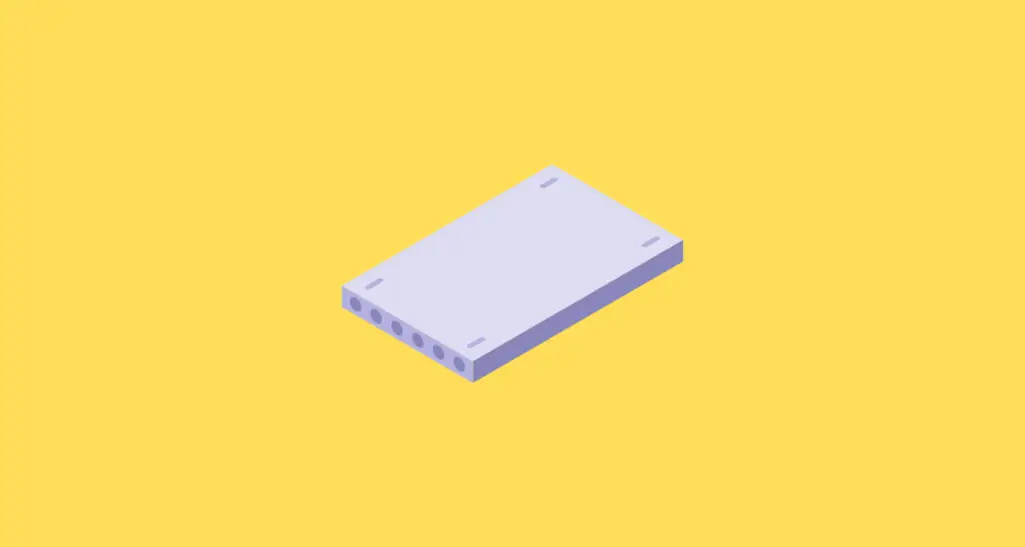 Ryan Barone (@ballcardgenius, Card Expert) is a lifelong member of the hobby. He has been quoted in PSA Magazine, and his content has regularly been mentioned in “Quick Rips” (the Topps RIPPED Newsletter) and across other hobby publications. hello@ballcardgenius.com; Last Time Ago LLC dba Ballcard Genius.
Ryan Barone (@ballcardgenius, Card Expert) is a lifelong member of the hobby. He has been quoted in PSA Magazine, and his content has regularly been mentioned in “Quick Rips” (the Topps RIPPED Newsletter) and across other hobby publications. hello@ballcardgenius.com; Last Time Ago LLC dba Ballcard Genius.
Affiliate Disclosure: This post contains affiliate links. As I am a part of the eBay Partner Network and other programs, if you follow these links and make a purchase, I’ll receive commission. As an Amazon Associate, I earn from qualifying purchases.
When it comes to SGC vs. PSA, both services can grade a card for as low as $15. That said, SGC wins in speed, both in terms of being able to turn that $15 grading around quicker than PSA (5-10 days) and also being the fastest service altogether with a 1-2 day turnaround. The look of the slab between the two is subjective, so that’s a push, and resale value will differ from card to card (though PSA is said to have the edge in most cases when comparing PSA 10s).
I see it all the time—which is better, SGC or PSA? And frankly, it’s a question that’s impossible to answer on a broad scale. I don’t fault anyone for asking. In fact, it’s a great question and the answer has ramifications. There are just too many factors in play.
Why? First of all, which is better for what? Do you mean cheaper? Do you mean faster? Do you mean better resale value? Cooler slab? As this tweet eludes to
There are a number of variables, so that won’t work.
The only true way to answer the question of PSA vs SGC is to one, pick one particular feature or factor (the one you care about most).
PSA vs. SGC who tops who as far as looks* we all know currently the hobby has chosen PSA for value.. how long will that last? Personally I dont like the look of PSA ?♂️ #collectwhatyoulike pic.twitter.com/bfrn5eTbz4
— PigSnot (@PigSnotDGAF) August 2, 2023
If that’s which is the cheapest, it’s a tie because both can grade a card for as low as $15.
If it’s the fastest, it’s SGC because they can return your $15 grading in 5-10 days as opposed to 65. Not to mention that it’s purely the quickest option if your goal is to have a card back in hand as fast as possivle, with being able to do so in 1-2 days for for $40 (if the declared value is less than $1,500).
This tool helps you compare costs and turnaround times:

Card Grading Calculator
If it’s the best-looking slab, that’s subjective.
Read More: SGC to PSA Crossover Examples
And last, if it’s resale value, you need to look at it on a card by card basis. Which leads to the subpoint of, how much of a difference in the two makes sense when you compare all of the other factors? That is, if a card has a $15 better resale value with PSA, but you paid $10 more to grade it, then what does that $5 really matter?
The gaps between PSA & SGC seem to be closing in a bit depending on the player.
— Kelly (@KellyCollects83) July 30, 2023
I've managed to figure up about a 10-15% delta loss between the ones I've sold in SGC 10 vs the same sales of PSA 10.
I haven't tested the theory yet with BGS, but .. interesting.
1/2
Whew, that was a lot and we still have a way to go.
Let me stop here by saying I’m not blind to the fact that, in most cases, PSA has better resale value. But again, what if the card you’re wanting to buy, sell, or get graded isn’t in the “most cases” or is part of a group of cards where the margin is negligible? Are we just looking at PSA 10 vs. SGC 10? What about 9s? What time frame? (It’s never-ending.) How about vintage?
The consensus seems to be that SGC is better for vintage and PSA holds value better for modern cards. I use SGC for both vintage and modern…the cards I grade myself and the ones I buy that are already graded I do not tend to sell.
— Ozark Sports Card Collector (@CardsOzark) September 13, 2023
Anyway, If you’re still with me, you’ll be rewarded with tips on how to actually go about comparing PSA and SGC resale value for a particular card in a particular grade.
For now, I’m going to show three cards and the differences in values (according to Market Movers).
1980 Topps Rickey Henderson: PSA 9 vs. SGC 9, 30-Day Average
This shows that the average price over the last 30 days for a Rickey Henderson 1980 Topps PSA 9 is $1.68K while an SGC 9 is $1.5K (for a ratio of 1.12).

2022 Bowman Paper Elly De La Cruz: PSA 10 vs. SGC 10, 7-Day Average
This shows that the average price over the last 7 days for an Elly De La Cruz 2022 Bowman Paper PSA 10 is $36.59K while an SGC 9 is $42 (for a PSA:SGC ratio of .87).

2017 Bowman Chrome Matt Olson: PSA 10 vs. SGC 10, 7-Day Average
This shows that the average price over the last 7 days for a Matt Olson 2017 Bowman Chrome PSA 10 is $132 while an SGC 10 is $41.89 (for a PSA:SGC ratio of 3.14).

All in all, this is three different cards and three different stories. One where PSA and SGC weren’t that far off from one another, one where SGC actually had a better 7-day average, and one where PSA had a much higher sales average.
Am I using these three examples to make a point about SGC vs. PSA? Only that you never know what you might find for a given card. More so, all of this could change in a week, or might be different for variations, larger lookback windows, etc.
I think I’ve beaten the point home to death, but again, like all things cards, it depends.



